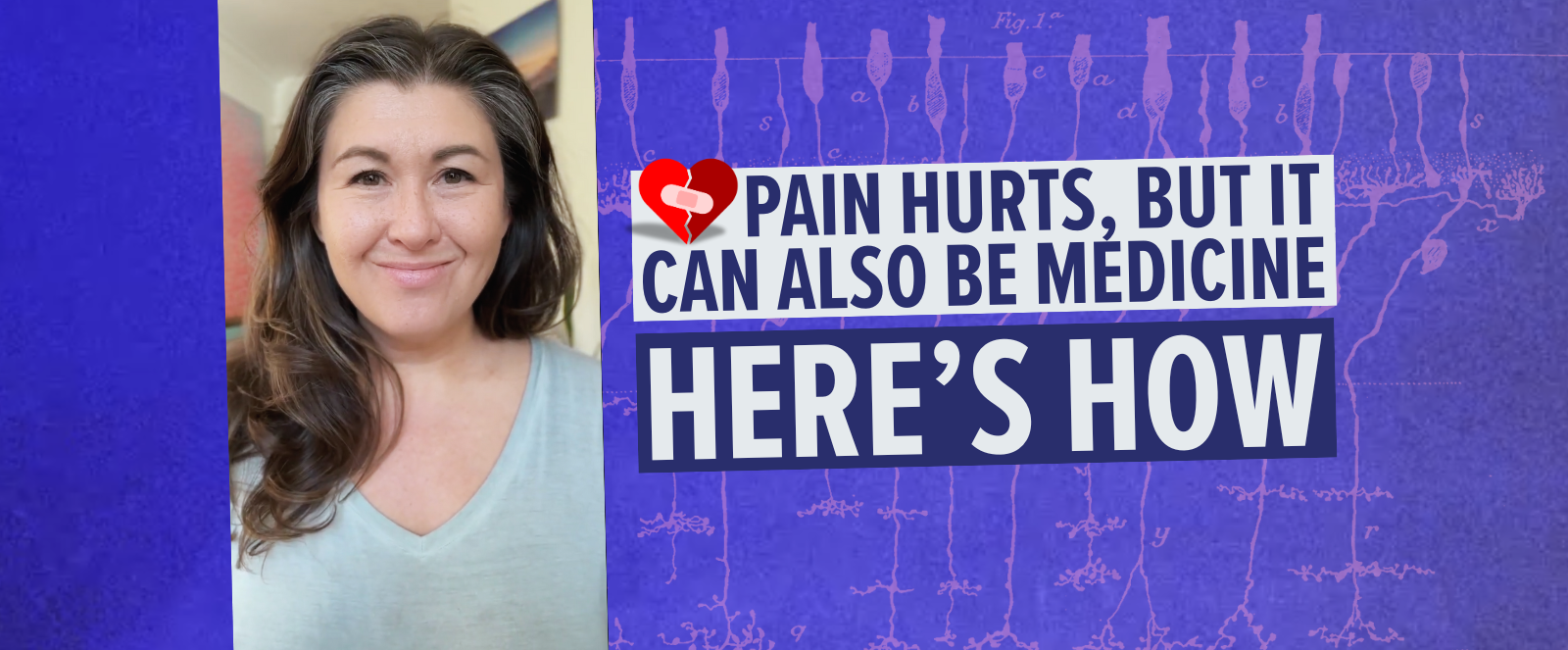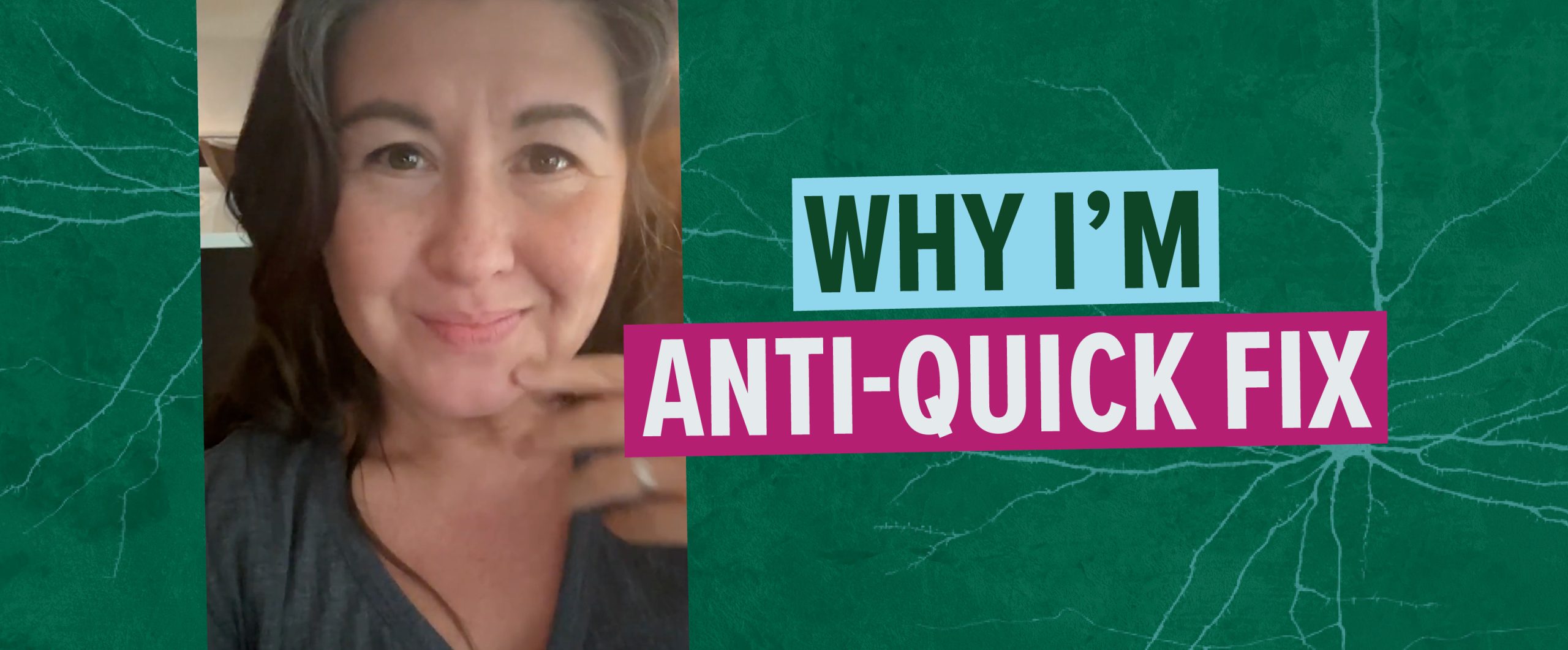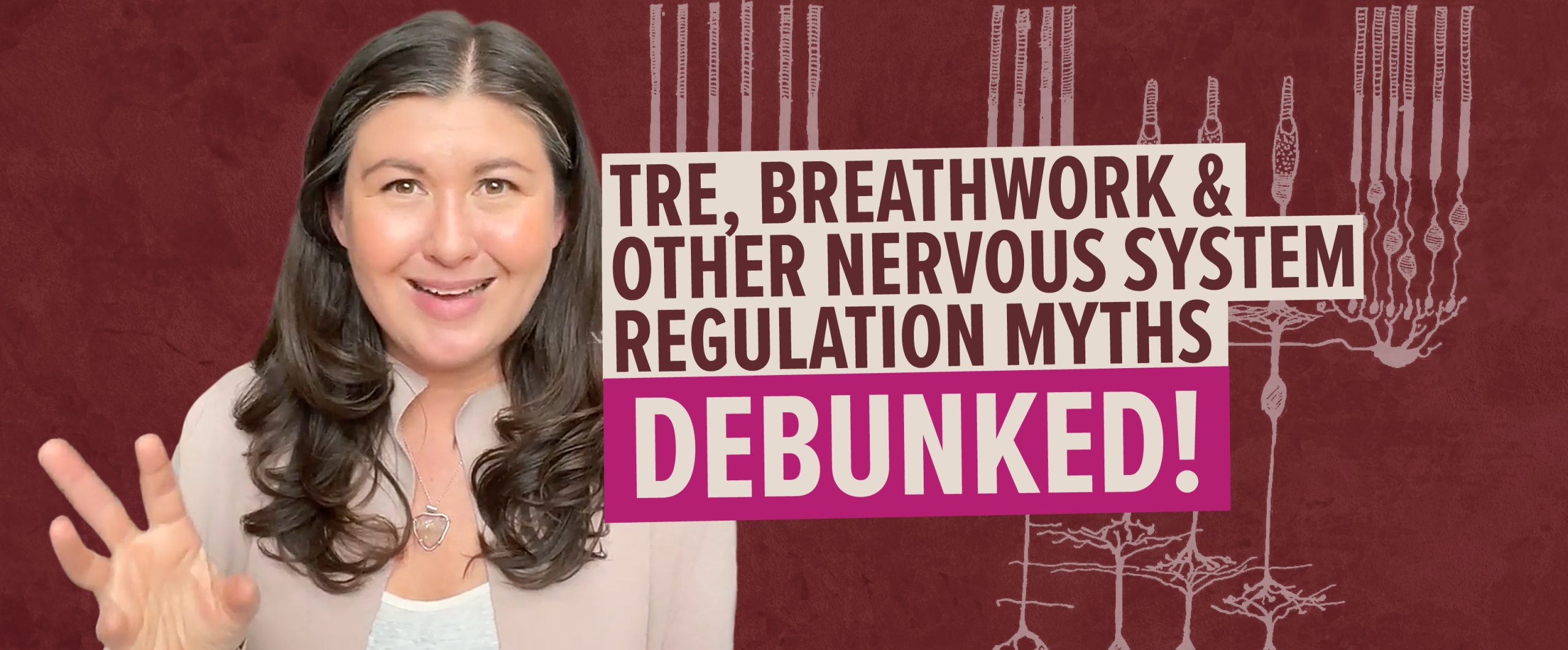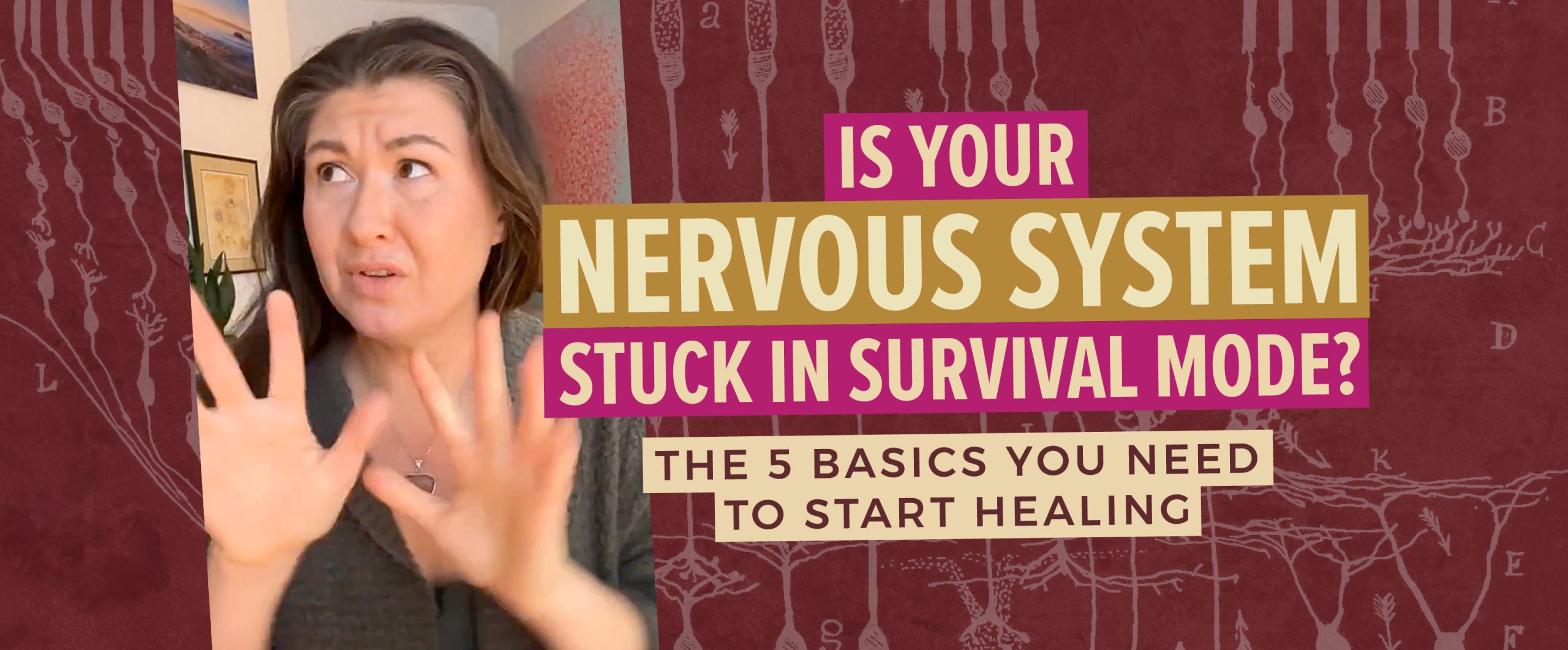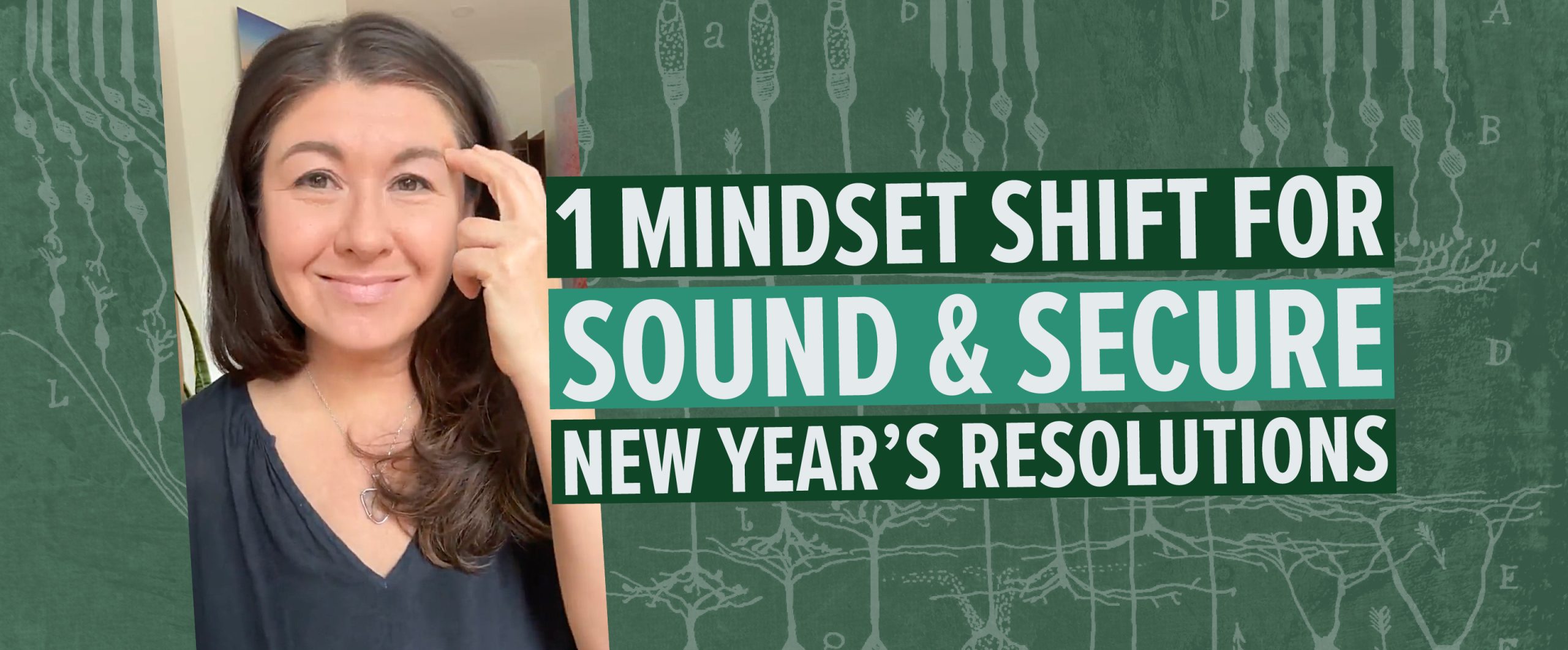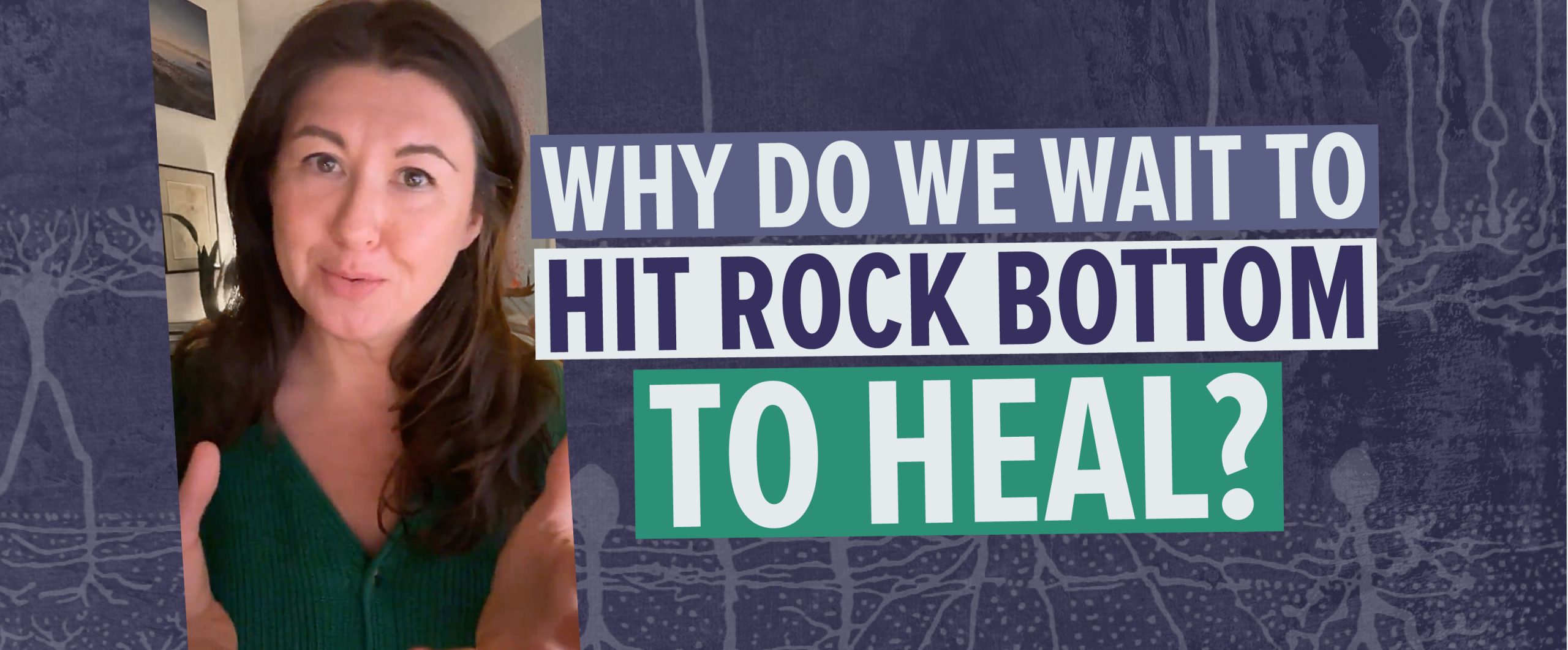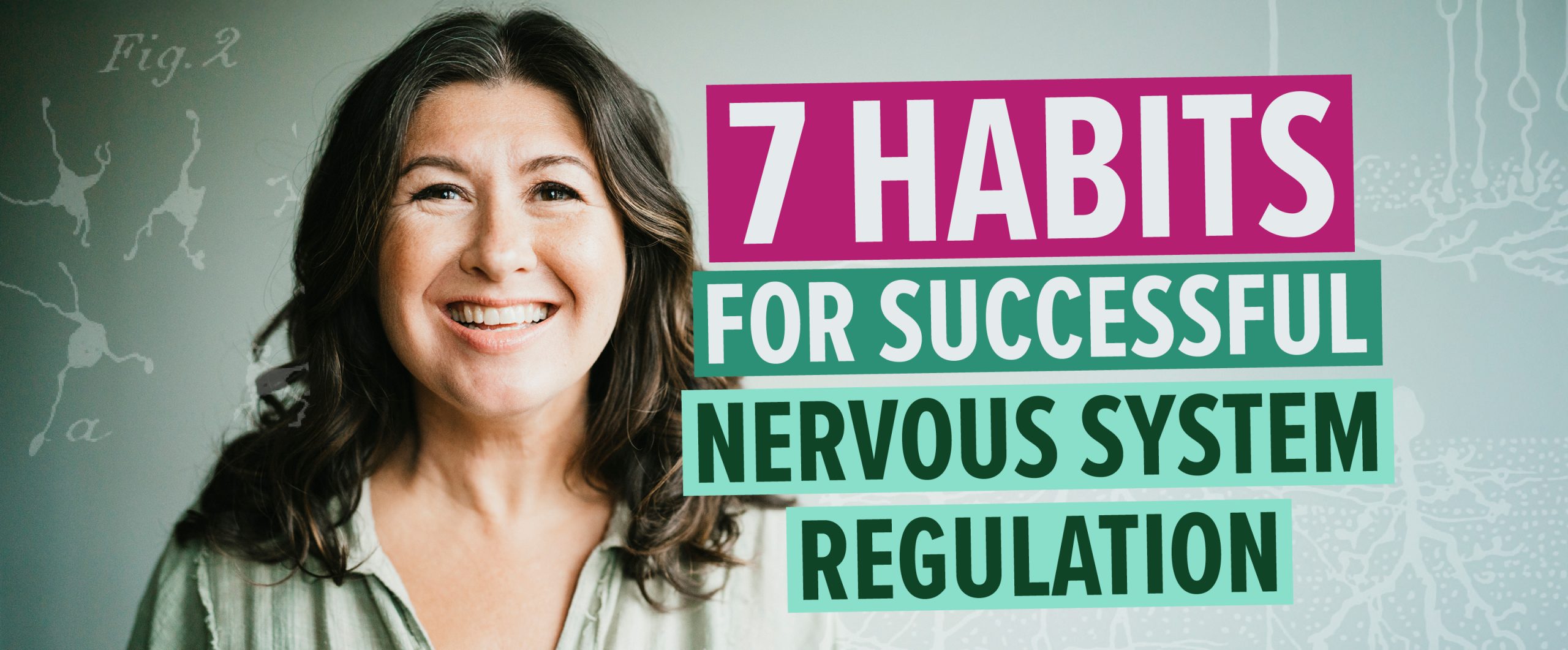Research shows that having abundant social support trumps healthy lifestyle habits.
Malcolm Gladwell wrote about this phenomena in his first chapter of Outliers where he tells the tale of The Roseta Effect.
The Roseta Effect is named after Italian immigrants (originally from a town in Italy called Roseta Valfotore) who set up their American home base in near Bangor Pennsylvania in the late 1800’s. The first few generations of Rosetans weren’t succumbing to the heart disease and the classic levels of high cholesterol that their American counter-parts in the next town were experiencing.
The Rosetans didn’t eat particularly well or exercise either!
——“The Rosetans were cooking with lard, instead of the much healthier olive oil they used back in Italy…( )…dieticians analyze the typical Rosetan’s eating habits, he found that a whopping 41 percent of their calories came from fat. Nor was this a town where people got up at dawn to do yoga and run a brisk six miles. The Pennsylvanian Rosetans smoked heavily, and many were struggling with obesity.”—–
—–“There was no suicide, no alcoholism, no drug addiction, and very little crime. They didn’t have anyone on welfare. Then we looked at peptic ulcers. They didn’t have any of those either. These people were dying of old age. That’s it.”—–
Why do I share this little piece of history and what the heck does it have to do with movement?
It didn’t make sense to the researchers how people could be so healthy and simply dying of old age, when what they were putting into their bodies is what we would consider “unhealthy”.
They had to look deeper – at not just the person, but the entire surrounding structures and support networks of these ridiculously healthy people.
The same exact concept can be applied to human movement and improving it.
People typically approach movement rehabilitation via improving muscle imbalances and enhancing flexibility.
This is the bread and butter of the fitness and physiotherapy industry.
For example, your hamstrings are tight? Stretch them. They are weak, exercise them.
Difficulty doing a squat? “Improve” all the muscles that are involved in a squat.
Strengthen that joint. Stretch that muscle. Repeat.
It is not the muscle and joint that does the squat, or the hamstring that has been “bad” rendering it tight and weak:
— It is the entire make-up of how we move our body through space and how we make (or don’t make) self-corrections and re-calibrations that are either efficient or not. —
When you start to see your body mechanics not as mechanics, but as adaptations to how well, or unwell, you live and have apprenticed your movement capabilities you begin to live in a way that is slightly less mental and is more, dare I say, organic.
Everything can fall into place when this stance on movement becomes the norm.
No longer do you think about what muscles contract and what must be stretched.
Muscles soften. Action gets stronger. Muscles imbalances become the exception, not the rule.
Movement becomes effortless. Wouldn’t you like that?
Now, let’s say you are set in your ways, and prefer to stretch those hamstrings and keep doing the same physiotherapy routine that you were given 10 years ago, go right ahead. If this is you, then I’ll encourage you to unsubscribe from my mailing lists. This isn’t the place for you. Just being very honest. Just know that these routines are a safe habit that feels comfortable and chances are, nothing will change. If this slightly pisses you off, then there is a slight chance that you know I’m right.
—–“The researchers had to convince the medical establishment to think about health and heart attacks in an entirely new way: they had to get them to realize that you couldn’t understand why someone was healthy if all you did was think about their individual choices or actions in isolation. You had to look beyond the individual.” ——
Are your muscles always getting tight and areas not getting stronger?
Maybe consider looking beyond the muscle.
Consider trying something new.
Be brave and let go.
To be continued, Irene.
==

